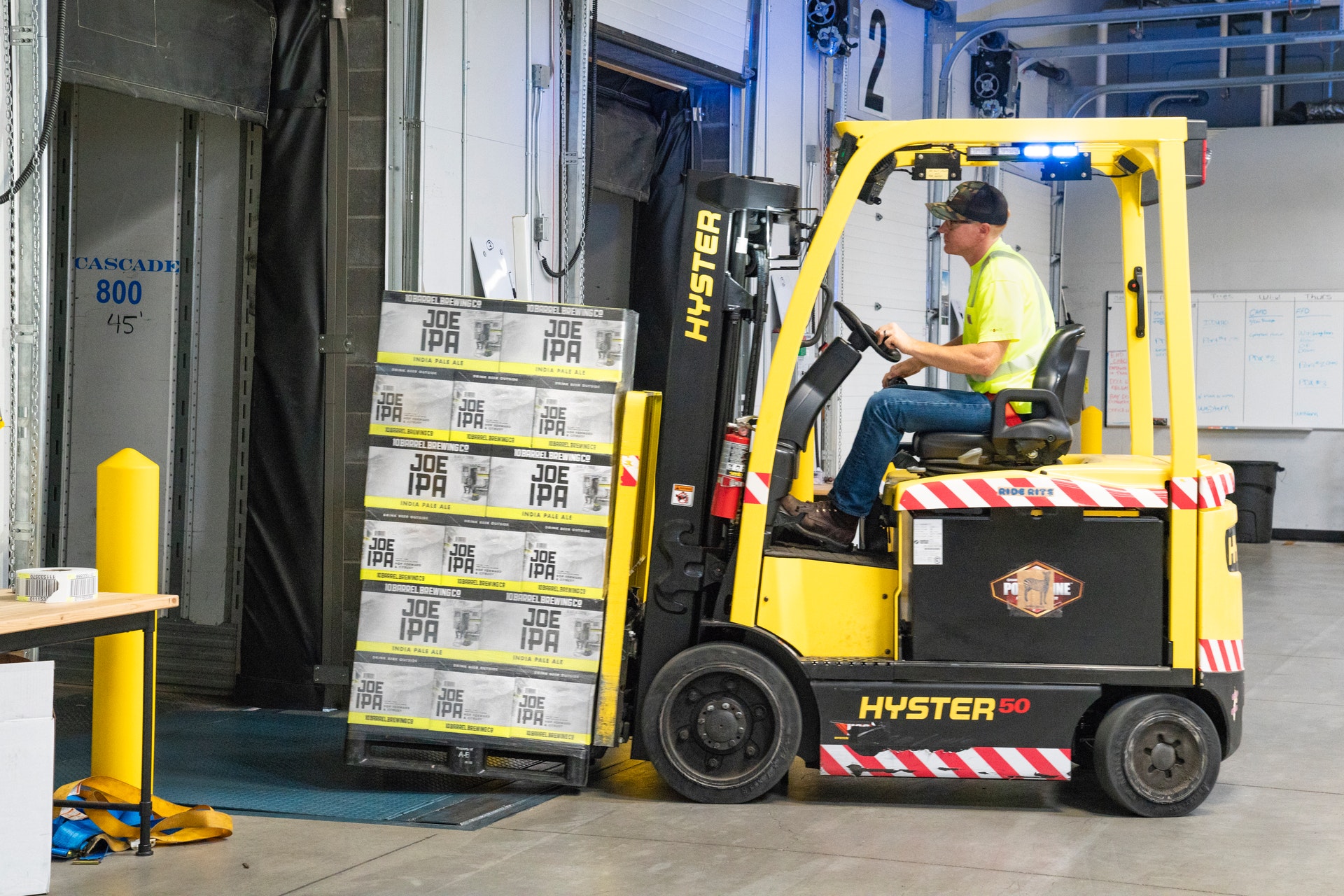
When you have a narrow space on your premises, you automatically inherit many responsibilities regarding safety around that space. You should be prepared for any emergencies that could occur in or around your space including the chance of rescuing someone who needs it badly. As you consider the processes needed to handle your confined spaces, here is a general overview of the three distinctive rescue categories commonly associated with them.
The Self-Rescue
A “self-rescue” is just what it sounds like. It means the worker in the space can rescue themselves via their own methods with access to the proper equipment for rescue, which will permit them to get out of that space safely. In a self-rescue, the entrant stops their activities and safely exits the space as fast as they can.
When an attendant or entrant determines there is a problem within a confined space, a self-rescue should be utilized. Problems may include several symptoms from exposure to the atmospheric conditions in the space. A change in those conditions could be hazardous. An entrant may also self-rescue if they lose communication with the attendant, realize their protection equipment is faulty, or notice some other hazards that could threaten them.
Non-Entry Confined Space Rescue
When a self-rescue is not an applicable choice, the next consideration might be a non-entry rescue. In this type of rescue, a worker outside of the confined space doesn’t need to enter that space to help the person in need of rescue to exit safely.
The non-entry rescue usually requires a trained non-entry rescue team or an expert attendant. In general, an alternative for the non-entry retrieval of the trapped worker should always be considered before entry. Except when the retrieval equipment won’t work for a safe rescue or would increase the risk to the person in need of help.
Retrieval systems vary, but they may include various components, like a body harness to be placed on the entrant in the space, anchor systems, and connected devices. Often, in non-entry rescues, space must be a simple horizontal or vertical one. The opening has to be able to accommodate the system for anchoring, and the opening’s surrounding surface must be able to handle the weight of the system and the entrant.
The Entry Rescue
A confined space rescue with an entry is essential when a person is not able to exit the space on their own and requires both a team on the outside and inside the space for assisting them to exit safely.
An entry rescue team might be formed of trained personnel on the worksite, third-party companies providing that service, or a mixture of both. Since a rapid response is essential for preserving life and minimizing danger and harm to the individual trapped in the space, the organizations with confined spaces on their premises must possess rescue plans and teams arranged in advance.
If you need assistance in creating a rescue plan for your confined spaces, training your rescue employees, or arranging for rescue services from a third party, please reach out to an expert confined space Toronto service provider today.